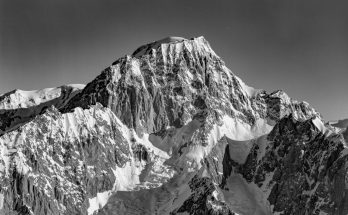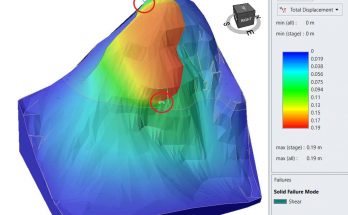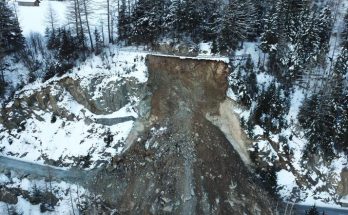Valentin Métraux
Supervisor: Prof. Michel Jaboyedoff
Expert: Alexandre Loye
The watershed of Merdenson dominates the villages of Vollèges and Cries. Many major events of debris flows are recorded on this torrent and threaten not only road and rail infrastructure, but also the villagers of Cries.
The damage caused by debris flows have led the municipal and cantonal authorities to intervene in the watershed to limit the spread of debris flows. This work aims to characterize the erosion in the catchment, both in terms of volume and distribution.
The study of the distribution of erosion and its growth has called for the creation of digital
elevation models by stereoscopic techniques. A methodology for processing the results of stereoscopy has also been created to make the models usable in a GIS environment. In a second step, the evolution of the topography was compared to a set of variables, morphological, geological or related to existing structures. Finally, an erodibility index as well as prior results have led to hypotheses about possible developments in the medium to long term in the watershed of Merdenson.
The average volume of sediment produced has been estimated (150,000 m3/year) for the entire watershed of Merdenson. A comparison with estimates from previous studies validates the results of this study and gives a ratio between the volumes of sediments carried by debris flows and those by the normal flow. The volumes have been separated between the different parts of the study area. The evolution of the erosion has been built from the time sequence of digital elevation models created by stereoscopy.
In a second time, erosion and deposition of the 47 years data have been correlated with different variables such as lithology, the shape of the channel and its slope. All these results revealed some probable trends of the watershed and make assumptions about changes in the dynamics of the stream thereof.
The majority of the results are confirmed by observations from the field in this work and in previous studies. The links made between erosion and morphological variables are confirmed by other studies and the creation of stereoscopic document is validated.



